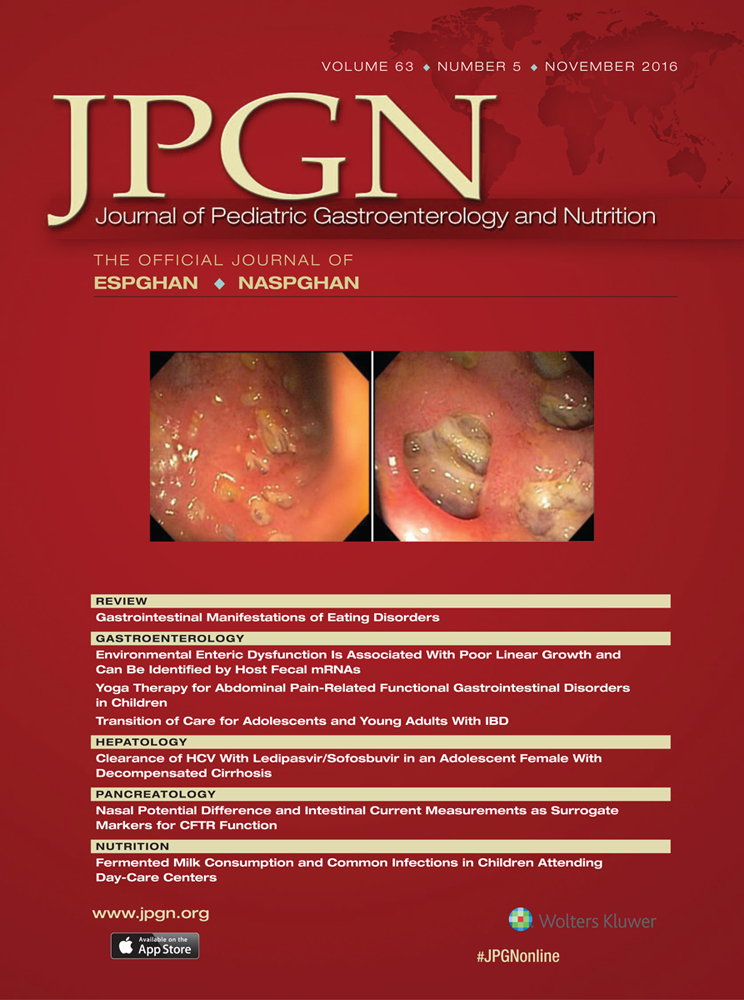Yoga Therapy for Abdominal Pain-Related Functional Gastrointestinal Disorders in Children
A Randomized Controlled Trial
www.trialregister.nl registration number: NTR3286.
This trial is partially financed by an unrestricted grant from VGZ Health Care Insurance, The Netherlands. Another trial the authors worked on is partially financed by an unrestricted grant from Winclove Probiotics Bio Industries BV, Amsterdam, The Netherlands, and MCO Health BV, Almere, the Netherlands. The authors have indicated they have no financial relationships relevant to this article to disclose.
The authors report no conflicts of interest.
ABSTRACT
Objectives:
The aim of the present study was to compare effects of 10 weeks of yoga therapy (YT) and standard medical care (SMC) on abdominal pain and quality of life (QoL) in children with abdominal pain–related functional gastrointestinal disorders (AP-FGIDs).
Methods:
Sixty-nine patients, ages 8 to 18 years, with AP-FGIDs, were randomized to SMC complemented with YT or SMC alone. YT is a mixture of yoga poses, meditation, and relaxation exercises and was given once a week in group sessions. SMC consisted of education, reassurance, dietary advice, and fibers/mebeverine, if necessary. Pain intensity (pain intensity score [PIS] 0–5) and frequency (pain frequency score [PFS] 0–4) were scored in a pain diary, and QoL was measured with KIDSCREEN-27. Follow-up was 12 months. Treatment response was defined as ≥50% reduction of weekly pain scores.
Results:
At 1-year follow-up, treatment response was accomplished in 58% of the YT group and in 29% of the control group (P = 0.01); no significant differences for other time points were found. YT, and not SMC, resulted in a significant reduction of PIS (P < 0.01) and PFS (P < 0.01) after 12 months. During the study, however, YT was not significantly superior compared with SMC. Subanalyses for time points demonstrated a significant greater reduction of PIS at 12 months in favor of YT. No differences were found for QoL. YT was more effective in the reduction of reported monthly school absence (P = 0.03).
Conclusion:
At 1-year follow-up, YT in addition to standard care was superior compared with SMC according to treatment success, PIS, and reduction of school absence. YT, however, was not significantly more effective in improving PFS or QoL, compared with SMC.




